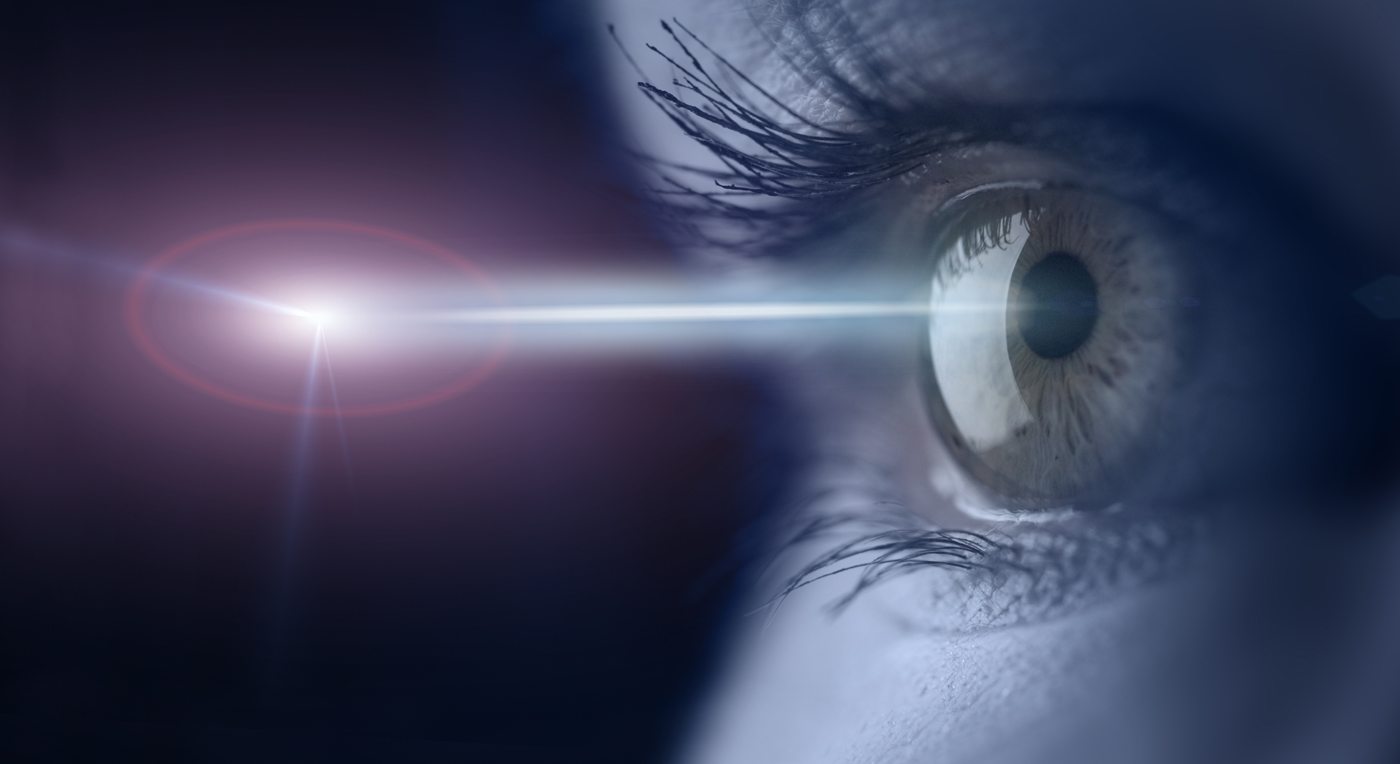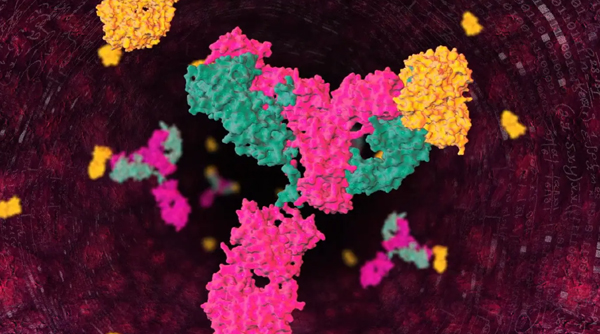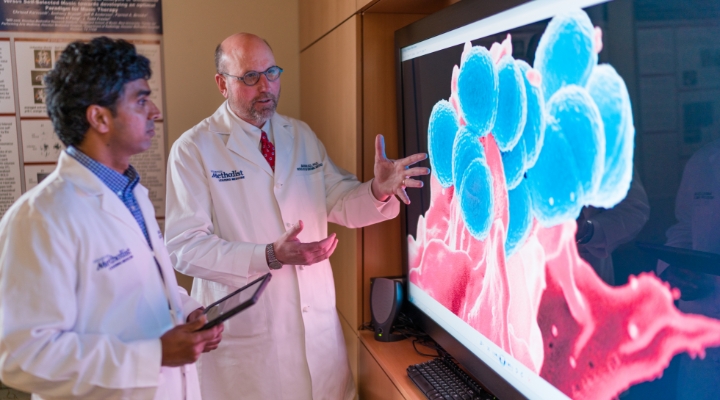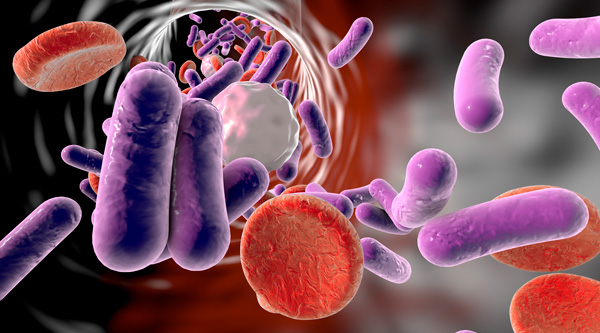Science in Service
of
Medicine
President's Letter
Metrics 2019
Cycle of a Cure
Discovery to Clinic


Introduction

Precision Medicine


Introduction

Tracing Tau to Tackle Alzheimer's Disease

Translational Imaging Center Revamps for Revolutionary 7T MRI

Hope for Slowing ALS

The Heart of Progress: Innovative Valves Create a Legacy for the Future

Test-Driving Carbon Fiber Materials in Space

Lab-on-a-chip Shines Light on Bystander Effect

Creating an Antibody to Fight Silent Killers

A New View of Strep

Translational Luminaries
result



President’s letter
2019 Metrics
Cycle of a Cure
Visionary Gifts

Discovery to Clinic

Innovative Education

Translational Luminaries
Introduction
Building Blocks for Bone Regenration
RNA Therapeutics
Mobile App for Healthy Habits for Breast Cancer Survivors
Designing a Flexible Approach to Breast Reconstruction
Introduction
Tracing Tau to Tackle Alzheimer's Disease
Translational Imaging Center Revamps for Revolutionary 7T MRI
Hope for Slowing ALS
The Heart of Progress: Innovative Valves Create a Legacy for the Future
Test-Driving Carbon Fiber Materials in Space
Lab-on-a-chip Shines Light on Bystander Effect
Creating an Antibody to Fight Silent Killers
A New View of Strep
result

Lab-on-a-Chip Shines Light on Bystander Effect

While confirming the theory that retinal degeneration in one cell leads to deterioration in adjacent cells, Qin’s NN-Chip also shows that degeneration occurs much faster than previously thought: Damage went from 100 cells to 10,000 cells in 24 hours.
The NN-Chip offers the potential to study neural pathways and processes beyond those found in the retina. Qin hopes the platform will soon be used in models for studying neural networks and screening therapeutic drugs for diseases, including Huntington's and Alzheimer's.
The ‘bystander killing effect’ in retina cone photoreceptors leads us to believe that once retina cells are severely damaged, the killing effect will spread to other healthy cells, causing irrevocable damage. What surprised us was how quickly the killing effect progressed in the experimental model.
—
Lidong Qin
, PhDPhD Professor of Nanomedicine
Houston Methodist
Retinal degeneration, including glaucoma, retinitis pigmentosa and age-related macular degeneration, is the leading cause of blindness, affecting 196 million people worldwide by 2020.
The newfound ability to get a close-up look at what’s occurring in retinal cells and their neural networks may offer new potential—and hope—for treatments.
The innovative NN-chip technology invented by Lidong Qin, PhD, and his team in the Department of Nanomedicine is overcoming the long-standing challenge of studying the retina—its delicate structure, the very thing that makes it so sensitive also makes it so vulnerable to disease. Retinal disease, primarily caused by the progressive dysfunction and death of photoreceptors, can be induced by mutations, as seen in macular degeneration. Another cause is excessive light irradiation, for example damage caused by over exposure to the glare of electronic screens.
Qin’s lab-on-a-chip technology is based on another of his inventions, BloC-Printing, which allows researchers to print living cells onto any surface in any shape within the confines of a mold. Now, the next generation NN-Chip can load and test cells with micro-needles in an open dish, tailoring the neural network to allow study of individual cells, in addition to observing how drugs progress through the platform’s many channels. It has created a model that can study retinal damage as it occurs in cells, and also can screen possible drugs to repair damaged neuron and retinal connections.
Ma, Y, Han, X, De Castro, RB, Zhang, P, Zhang, K, Hu, Z, & Qin, L. Analysis of the bystander effect in cone photoreceptors via a guided neural network platform.
Science Advances
. 2018: 4(5), eaas9274. This research was funded by National Institutes of Health (R01 CA180083, R56 AG049714 and R21 CA191179).

Lidong Qin
, PhDUsing extremely bright light to selectively damage retina photoreceptors in the device, the researchers discovered that, once damaged, the retinal cells were difficult to recover—and also caused their neighboring cells to die quickly. This phenomenon, referred to as the “bystander effect,” indicates that gap junction intercellular communication (GJIC) is critical in propagating neuron degeneration and death—ultimately causing loss of vision.
More from Discovery to Clinic
Contact Us
© 2021. Houston Methodist, Houston, TX. All rights reserved.
Privacy & Disclaimer
.











